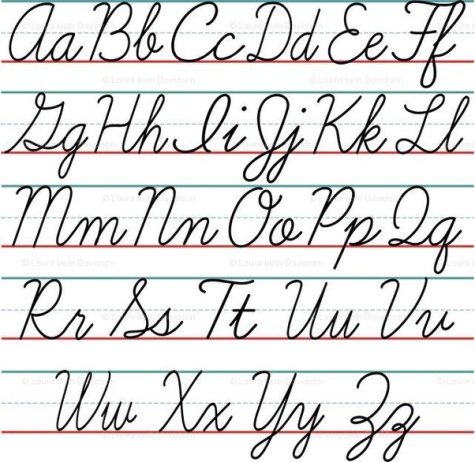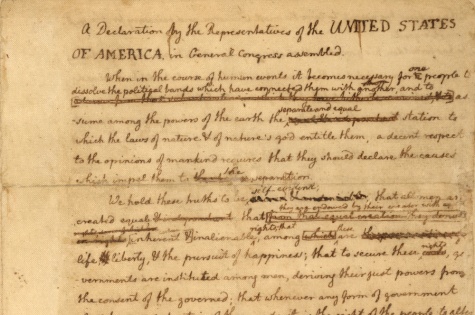
Tyler Pearce | Head Editor
February 29, 2024
The place of cursive writing in school curriculum has become a considerable debate. Proponents argue for its benefits and historical significance, while opponents suggest it may no longer be relevant in the digital age.
Supporters of cursive instruction in schools talk about several benefits. Firstly, learning cursive is said to improve “fine skills” and “hand-eye coordination.” Unlike typing, cursive writing requires movements, which can enhance a student’s ability to integrate other information. For instance, a 2016 study by the American Journal of Occupational Therapy found that elementary school students who practiced cursive writing scored better on reading and spelling tests than those who did not. Additionally, advocates claim that cursive writing improves better memory retention and understanding. Writing in cursive involves a different brain process than typing or even printing, potentially aiding in the learning process. Research suggests that the act of writing in cursive activates areas of the brain involved in thinking, language, and working memory.
Cursive is also celebrated for its historical and cultural significance. Many historical documents are written in cursive, and without the ability to read cursive, future generations might find themselves disconnected from primary sources and historical texts. Senior Mia Smith stated, “when I learned cursive in 3rd grade, I’ve never forgotten. I use it for my signature, and to sometimes read historical letters and prints. I think it’s a great skill to have.”
Critics of cursive instruction argue that it is becoming obsolete in the digital era, where typing skills are increasingly prioritized. With the rise of computers and smartphones, the emphasis has shifted towards digital literacy, with keyboarding skills seen as more practical and relevant for future employment. To prove this, a survey conducted by the

National Assessment of Educational Progress (NAEP) revealed that as of 2018, only 14% of 4th-grade students reported writing in cursive outside of school, compared to 58% who reported typing on a computer several times a week. Junior Blake Hogan commented, “I’ve never used the cursive I learned in 3rd grade after I originally learned it.”
Furthermore, opponents suggest that school time could be better spent on subjects that directly contribute to students’ future success, such as STEM (Science, Technology, Engineering, and Mathematics) education, digital literacy, and critical thinking skills.
There is also an argument to be made about the inclusivity of cursive writing. For students with dyslexia or other learning disabilities, cursive can be particularly challenging, leading to feelings of frustration and inadequacy. Some argue that maintaining cursive in the curriculum may exclude or disadvantage these students.
Perhaps the future of cursive in education does not have to be an all-or-nothing proposition. Some educators suggest a balanced approach, where cursive is offered as an optional part of the curriculum rather than a mandatory subject. This way, students who are interested in learning cursive can do so, while others can focus their efforts on developing skills more aligned with their needs and interests.
The debate over cursive writing in schools holds multiple factors, with valid points on both sides. As education continues to evolve, it may be that the most practical solution lies in choice, allowing students to explore cursive writing without making it a compulsory part of their education.

Leave a Reply